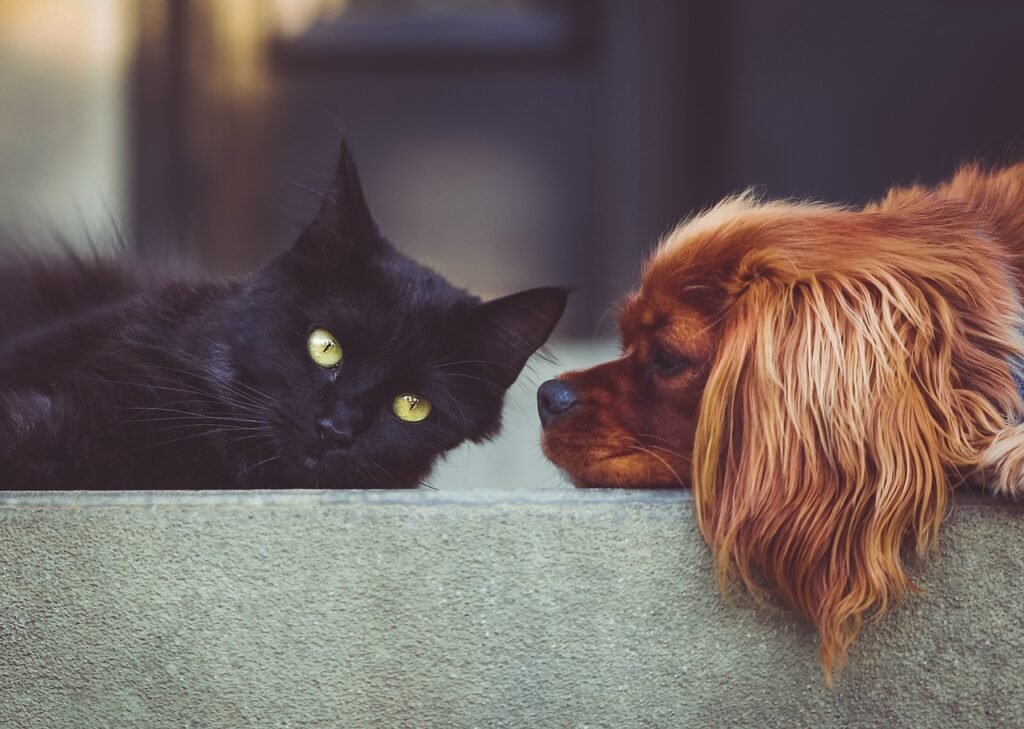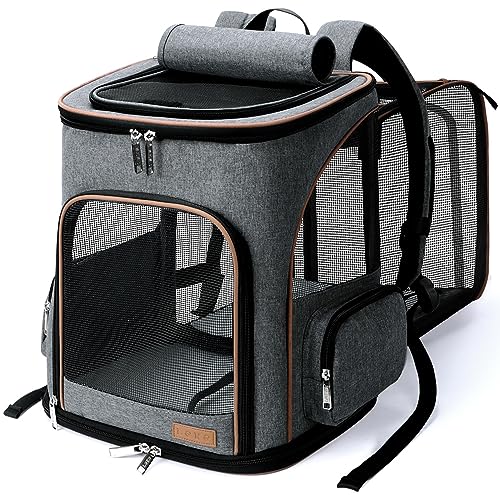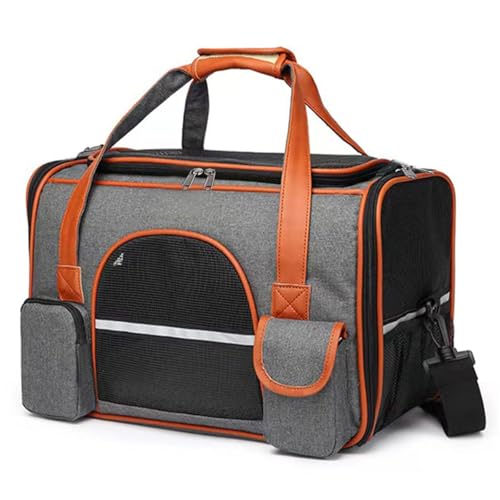
Preparing for the Transport
Transporting your newly adopted pet requires thoughtful preparation to ensure a smooth and safe experience. First and foremost, obtaining a suitable pet carrier is essential. The carrier should be sturdy, well-ventilated, and large enough for your pet to stand, turn around, and lie down comfortably. Familiarizing your pet with the carrier before the journey can significantly reduce anxiety. Place the carrier in a peaceful area of your home and encourage your pet to explore it, perhaps by placing their favorite blanket or a few toys inside.
Along with the carrier, gathering supplies is vital. Ensure you have water and food for your pet, especially if the transport duration is likely to be prolonged. A portable water bowl is useful for keeping your pet hydrated during breaks. For many pets, adopting a routine is crucial, so sticking to their feeding schedule as closely as possible helps maintain a sense of normalcy for your furry friend.
As you plan your transport route, consider choosing a time when traffic will be lighter to minimize stress. It is also beneficial to map out potential rest stops where you can take breaks, allowing your pet to relieve itself and stretch. During the journey, keep the environment calm; avoid loud music and sudden movements that might frighten your pet.
Finally, be sure to have pertinent paperwork, including adoption documents and vaccination records, easily accessible, as you may need them during transit. Planning ahead and preparing appropriately not only facilitates a smoother transport experience for your pet but also aids in creating a strong start to your new life together. Following these steps can help ensure that the journey from the adoption center is as positive as possible for both you and your new companion.
Choosing the Right Carrier
Selecting the appropriate carrier for your adopted pet is a crucial step in ensuring a safe and comfortable transportation experience. The carrier you choose should cater to the specific needs of your pet, whether it is a dog, cat, or a small animal like a rabbit or guinea pig. Each type of carrier has unique features suited for different animals, and understanding these options will help streamline the transportation process.
For dogs, especially larger breeds, a sturdy, well-ventilated carrier is essential. Look for carriers that provide ample space for your dog to stand, turn, and lie down comfortably. Many carriers come with safety features such as secure latches that prevent accidental openings during transit. If you are transporting a smaller breed, a soft-sided carrier may offer the flexibility and comfort needed for your pet during the journey.
Cats typically benefit from carriers that have a top or front-loading design, which simplifies the process of getting them in and out of the carrier. It is also advisable to choose a carrier that is escape-proof, since some cats may display a tendency to attempt an escape during travel. Adequate ventilation is equally important to keep your feline friend comfortable and to reduce anxiety.
For small animals, such as rabbits and guinea pigs, select carriers that are spacious and provide adequate airflow. Wire or mesh sides will help with ventilation, while a secure bottom prevents your pet from jumping or escaping. You may also want to line the carrier with soft bedding to enhance comfort during transit.
To make the carrier more inviting, consider adding familiar items such as a blanket or a toy from home. This can help alleviate anxiety and create a sense of security for your pet throughout the transport process. Ultimately, the right carrier can make a significant difference in your adopted pet’s travel experience.
The Transport Process: Step by Step
The transport process for your newly adopted pet begins as soon as you leave the adoption centre. It is vital to prepare adequately before embarking on this journey to ensure that your pet feels secure and comfortable. Start by selecting an appropriate carrier that is well-ventilated, spacious, and secure, allowing your pet to stand, turn around, and lie down comfortably. Before you leave the adoption centre, familiarize your pet with the carrier by allowing them to sniff it and explore it briefly. This will help reduce anxiety associated with confined spaces.
Once you’re ready to leave the facility, gently place your pet in the carrier. It is important to ensure their safety and comfort during this phase. Use a calm and soothing voice to encourage your pet as you help them enter the carrier. You may need to use treats to motivate them further. As you close the carrier door, double-check to ensure it is secure to prevent any escape during transport.
During the journey, keep the environment as calm as possible. Speak softly to your pet and avoid sudden movements or loud noises that could heighten their anxiety. If your pet shows signs of distress, consider stopping briefly to comfort them or check on their well-being. It is beneficial to play soft music or keep the car temperature moderate to make the atmosphere less stressful.
Be prepared for various scenarios that may arise while on the way home. Some pets might vocalize or struggle to adjust, while others may remain calm. Bring along some familiar items, such as a blanket or a toy, to reassure them. If your trip is lengthy and your pet appears restless, plan for regular breaks where they can stretch, use the restroom, and have some water. A well-planned transport process will facilitate a smoother transition for both you and your new furry companion.
After the Arrival: Settling In
Bringing your newly adopted pet home can be both exciting and overwhelming for both you and the animal. The initial days after adoption are crucial for the adjustment process. To facilitate a smooth transition, it is essential to create a safe and comfortable space for your pet. This designated area should include their bed, food and water bowls, and some toys to help them acclimate. Ensuring that this space is quiet and free from disturbances will allow your pet to explore their new surroundings at their own pace.
Gradual introductions to family members and other pets are vital in ensuring a harmonious environment. Start by allowing your new pet to meet one family member at a time, ideally in their safe space. For existing pets, supervised meetings are recommended. This will help to prevent territorial disputes and allow both new and existing pets to establish trust. It may take some time for them to develop rapport, so patience is key.
Establishing routines is another significant aspect of assisting your adopted pet in settling in. Consistent schedules for feeding, playtime, and exercise will provide your new companion with a sense of security and predictability. Incorporate activities that encourage bonding, such as interactive play or short walks, which can help to build trust between you and your pet.
Monitoring your adopted animal’s behavior and emotional well-being is crucial during this transitional phase. Look for signs of stress or anxiety, such as hiding, excessive barking, or changes in appetite. If any concerning behaviors arise, consulting a veterinarian or an animal behaviorist can provide valuable insights and strategies to ease your pet’s adjustment. By creating a nurturing environment and being attentive to their needs, you can ensure a successful integration of your adopted pet into your family.





